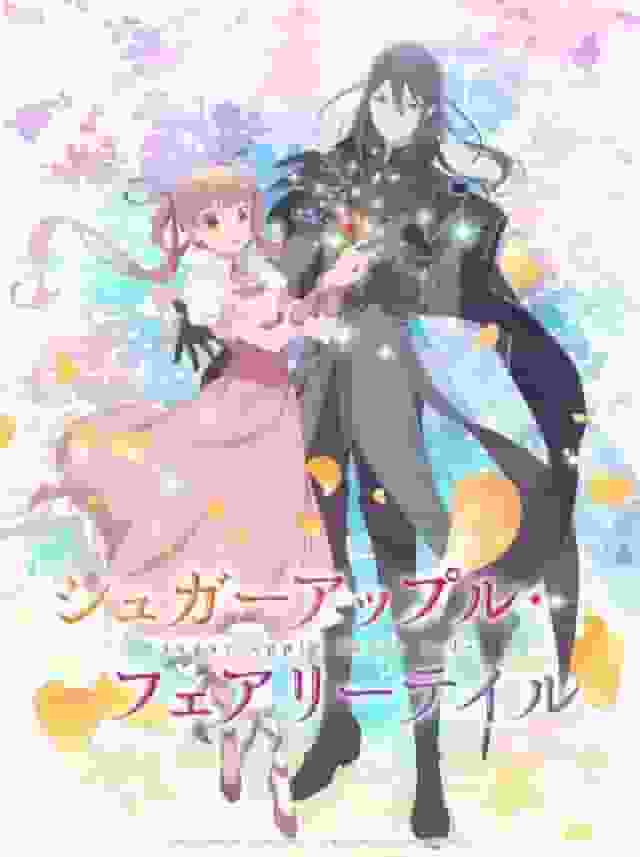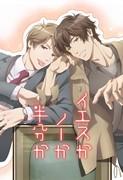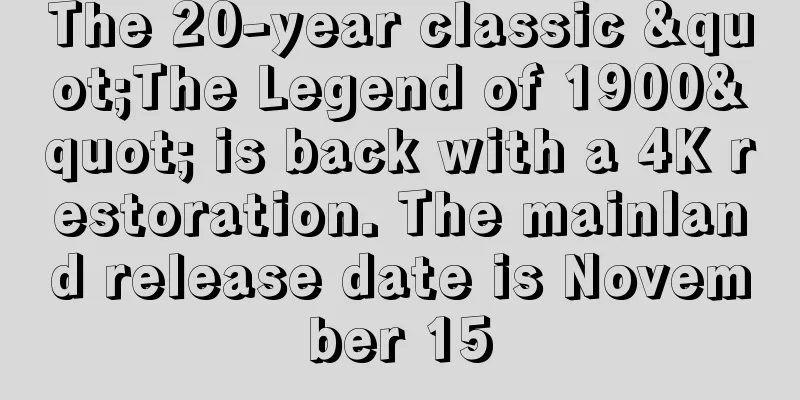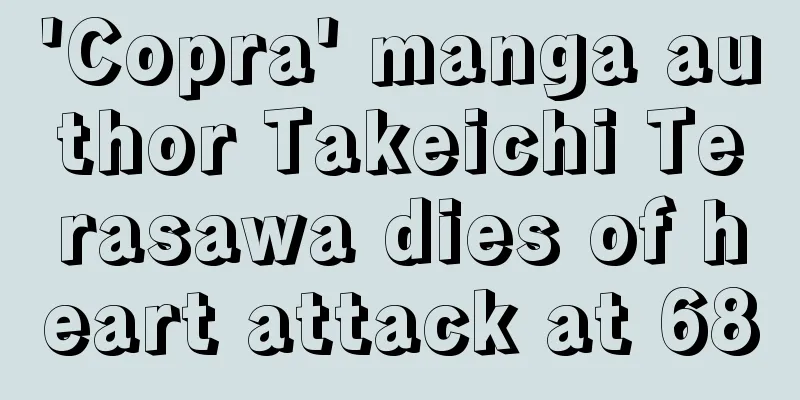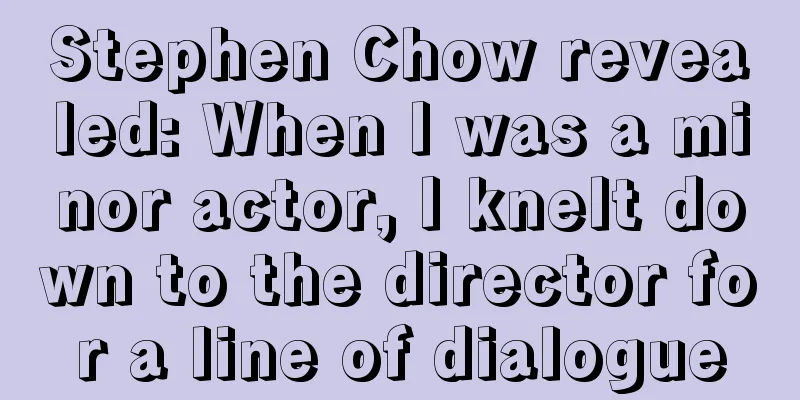Review of "Legend of the Forest PART-1": The charm of nature and adventure
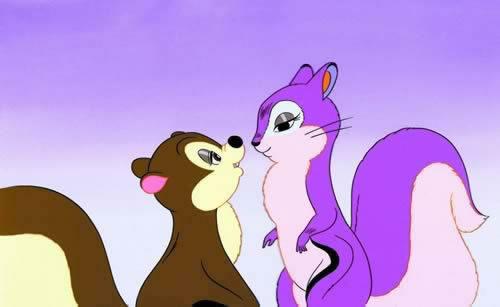
Detailed evaluation and recommendation of "Legend of the Forest PART-1 - Morino Densetsu"■ Public MediaIndependent Production ■ Original MediaAnime Original ■ Release dateFebruary 13, 1987 - January 1, 0000 ■Frequencies29 min ■ Number of EpisodesEpisode 1 ■Original Story・Original story: Osamu Tezuka ■ DirectorOsamu Tezuka, Takashi Ui ■ ProductionTezuka Productions/Mushi Productions ■Works©Tezuka Productions ■ExplanationTezuka Osamu had been planning this work for over a decade, hoping to complete four episodes inspired by Tchaikovsky's Symphony No. 4 (Legend of the Forest), but in the end only the first and fourth movements were completed. The four episodes were originally meant to look back on the history of animation itself, from pre-Disney animation, through Disney, to post-Disney animation, when television became mainstream. The first movement was an animated version of the manga Momonga no Musa, published in Lion Books. This uses a technique seen in the early days of animation, where still pictures are made to appear to be moving through editing techniques. The fourth movement is a story about forest destroyers, depicted in television-style limited animation, driving away forest fairies, depicted in Disney-style full animation. Through this production, Tezuka Osamu depicts the rich forest of animation art that is being driven away by television. ■Detailed evaluationTezuka Osamu's "Legend of the Forest PART-1 - Mori no Densetsu -" was born as part of a grand project depicting the history and evolution of animation. This work was inspired by Tchaikovsky's "Symphony No. 4" and is a very interesting attempt in terms of fusing music and animation. Tezuka Osamu planned this work for over a decade, and in the end only the first and fourth movements were completed. However, the level of completion and the intended message are deeply moving and thought-provoking to the viewer. The first chapter is an animated version of the manga "Musa the Flying Squirrel" published in Lion Books, and reproduces the techniques used in the early days of animation. The technique of making still pictures appear to move through editing techniques was the result of creativity within the technical constraints of the time, and it offers a fresh surprise to modern anime fans. This episode is an important step in Tezuka Osamu's look back on the history of animation, and is remarkable for its visual beauty and storytelling ingenuity. On the other hand, the fourth movement depicts the evolution of animation and the influence of television animation in it by contrasting television-style limited animation with Disney-style full animation. The story of forest destroyers scattering the forest fairies is a symbolic expression of television animation destroying the rich forest of animation art, and you can feel Osamu Tezuka's deep insight and critical spirit. This episode is a masterpiece that combines both visual impact and message, and deeply moves the viewer. "Legend of the Forest Part 1 - Mori no Densetsu -" is a work filled with Osamu Tezuka's creativity and love for animation, and its completeness and significance are highly praised. In particular, it is a must-see work for those who want to understand the history of animation and its evolution, and is recommended not only for fans of Osamu Tezuka, but for anyone interested in animation. ■Recommendation detailsWhen watching "Legend of the Forest PART-1 - Mori no Densetsu -", you can enjoy it more by paying attention to the following points. 1. Animation TechniquesThe first movement uses editing techniques to make still pictures appear to be moving. This technique was seen in the early days of anime and will come as a fresh surprise to modern anime fans. The fourth movement contrasts limited animation with full animation, which is an important point in understanding the evolution of animation and the influence of television anime in it. 2. Fusion with musicInspired by Tchaikovsky's Symphony No. 4, this work is a very interesting attempt at fusing music and animation. If you pay attention to how the musical melody and the visual movements are linked, you will be able to feel a deeper emotion. 3. MessageTezuka Osamu's depiction of the history and evolution of animation contains messages that encourage viewers to think deeply. In particular, the contrast between the forest destroyers and the forest fairies in the fourth movement is a symbolic expression of how television animation is destroying the rich forest of animation art, and you can feel Tezuka Osamu's deep insight and critical spirit. 4. Tezuka Osamu's CreativityFilled with Osamu Tezuka's creativity and love for animation, this work is highly regarded for its completeness and significance. By watching it in comparison with his other works, you can gain a deeper understanding of his creativity and passion for animation. ■ Related worksWe recommend the following works as related to "Legend of the Forest PART-1 - Mori no Densetsu -". 1. Astro BoyThis is one of Tezuka Osamu's masterpieces, and a work that has had a major impact on the history of animation. Like "Legend of the Forest Part-1 - Mori no Densetsu -", this work shows Tezuka Osamu's creativity and love for animation. 2. Jungle EmperorAnother of Tezuka Osamu's masterpieces, this work depicts the relationship between humans and nature. It contains a theme that is similar to the contrast between the forest destroyers and the forest fairies depicted in the fourth movement of "Legend of the Forest Part 1 - Mori no Densetsu -". 3. Black JackThis work shows Osamu Tezuka's creativity and ingenuity in storytelling. By comparing the techniques used in the early days of animation, as seen in the first movement of "Legend of the Forest PART-1 - Mori no Densetsu -", you can feel the versatility of Osamu Tezuka's talent. ■ Summary"Legend of the Forest PART-1 - Mori no Densetsu -" is a work filled with Tezuka Osamu's creativity and love for animation, and its completion and significance are highly praised. It is a must-see work for understanding the history of animation and its evolution, and is recommended not only for Tezuka Osamu fans but also for anyone interested in animation. When watching, you can gain deeper emotion and understanding by paying attention to the animation techniques, fusion with music, message, and Tezuka Osamu's creativity. In addition, we recommend related works such as "Astro Boy", "Jungle Emperor", and "Black Jack". By watching while comparing with these works, you can gain a deeper understanding of Tezuka Osamu's diverse talents and passion for animation. |
<<: Dream Gentleman Adventure Story - A deep review of the fascinating story and characters
>>: Armored Corps Dragonar: A thorough review of the fascinating mecha design and depth of the story
Recommend
Castlevania: Nocturne Official Trailer Release Date: September 28
Netflix released the official trailer for the ani...
Kanna Hashimoto's "Violent Action" movie behind-the-scenes footage Sony photography technology was used for the first time
The live-action movie "Violent Action",...
'Titanic' producer dies at 63, Cameron mourns
Jon Landau, a producer who worked with renowned d...
The new movie version of "Golden Jigsaw" is confirmed to be produced, and the beautiful girl trailer is released
According to new news, the four-frame manga "...
LEGO Star Wars Animated Special "Rebuilding the Galaxy" Set to Release on Disney+
The new LEGO Star Wars animated special “LEGO Sta...
"Digimon 02 First Summon" new trailer and poster will be released on April 20
Today (April 2), the theatrical version of "...
The domestic animated film "The Great Guardian" announced that it will be released in Japan this year
Recently, the official Weibo of the domestic anim...
The first PV of the second season of the anime "The Ancient Magus' Bride" will be released in April
The production team of the TV animation "The...
Angry Birds to launch new animated series on Netflix in 2021
Today (March 26), Netflix officially announced th...
Osomatsu-san Season 3: A thorough analysis of the new developments and character growth that exceed expectations
Appeal and evaluation of the third season of &quo...
The appeal and evaluation of "Star": Exploring the depths of anime
The appeal and reviews of "Hoshi": The ...
Ring A Bell: The appeal and reviews of Minna no Uta
Ring A Bell - Minna no Uta "Ring A Bell"...
Sonic the Hedgehog 3 first trailer shows Keanu Reeves voicing Shadow
The first trailer of the movie "Sonic the He...
"X-Men" Quicksilver actor joins the sequel of the sci-fi movie "Tron: Legacy"
Actor Evan Peters, who played "Quicksilver&q...
Colombian cosplayer Transformers begs on the street for eight years and earns $20 a day
There are some differences in the definition of t...
